It can be traced back to ancient times and is one of Italy’s earliest human settlements – and it is still populated.
Resembling a scene from the famous Flintstones cartoon, Sassi di Matera, perched on the edge of a steep ravine in the southern countryside, has a history of 9,000 years and is believed to be the oldest continuously inhabited cave city in the world.
The Sassi district, protected by Unesco, is a part of Matera city and has been carved into the rock of a towering gorge that was shaped by a large river.
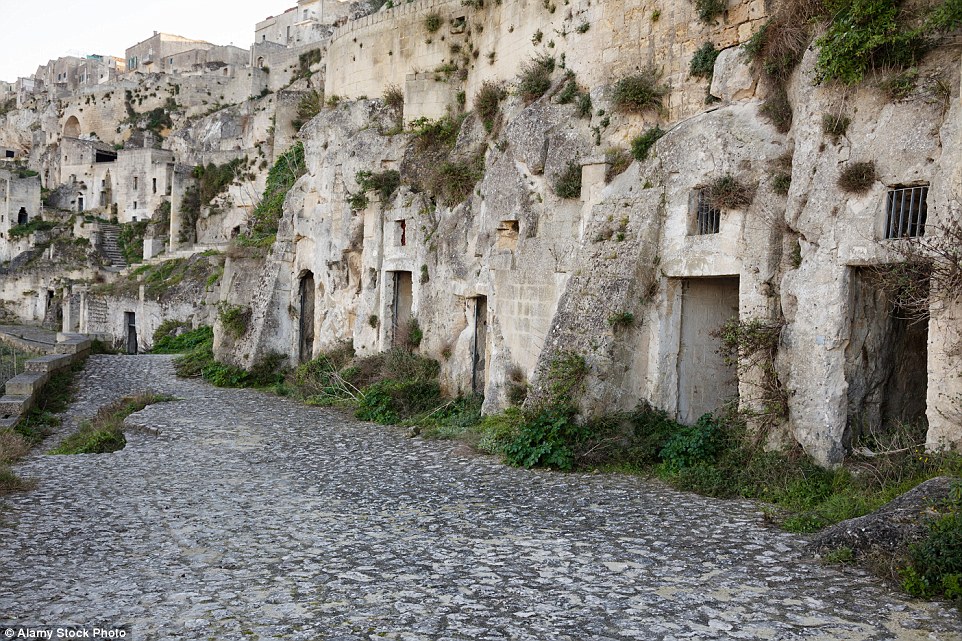
Resembling a scene straight out of the beloved Flintstones cartoon, the picturesque Sassi di Matera region in the southern part of Italy is steeped in history, with its origins dating back an astounding 9,000 years.
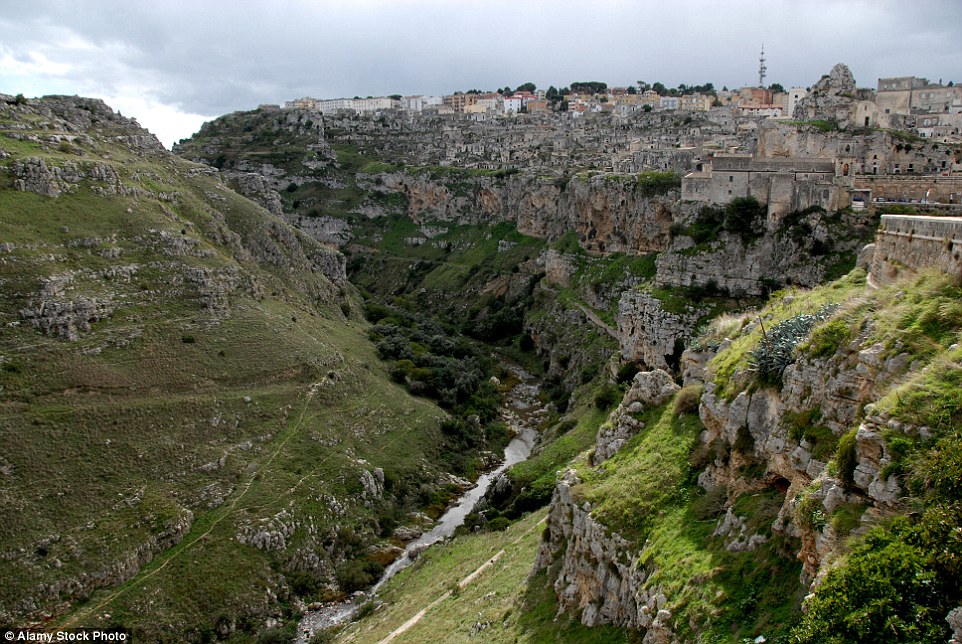
Sаѕѕі dі Mаterа holds the prestigious title of being the oldest cave city that has been continuously inhabited throughout history.
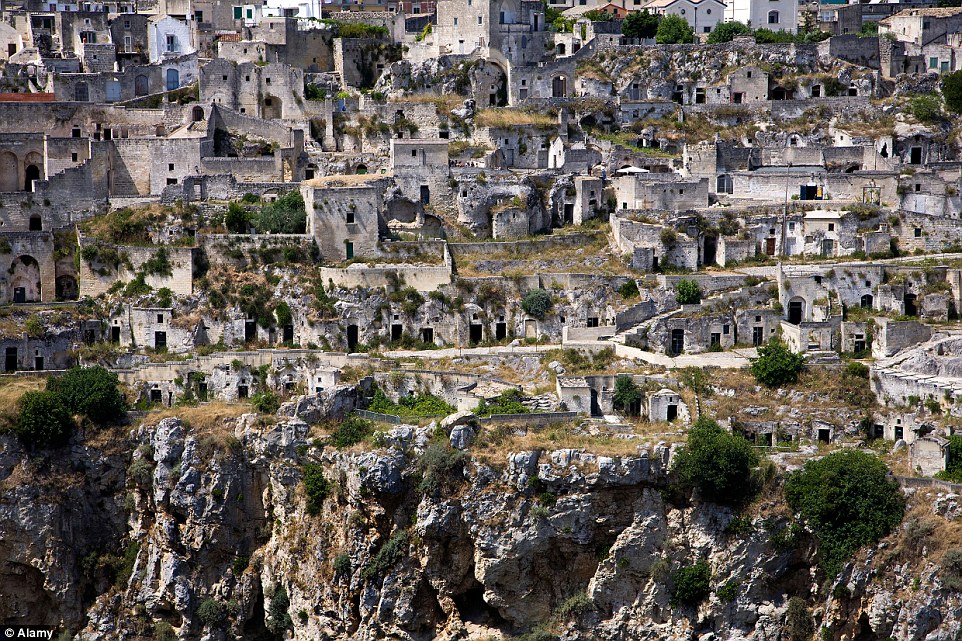
Unique Paraphrased Version:
Enchanting and captivating, the natural caves and churches in Sassi are protected by UNESCO.
At first glance, the sprawling Sassi appears to be a cluster of stone huts seamlessly blending into the stunning landscape. However, behind these picturesque dwellings lie stories of hardship.
Until the late 20th century, the residents of Sassi had no access to running water and lacked electricity and proper sewage systems.
These inhabitants made use of every bit of rock available, resulting in layered homes with intricate alleyways and staircases.
Over the years, new holes were continuously carved out to accommodate the growing population, but basic supplies were scarce as there were no convenient shops nearby.
Families coexisted with their animals, relying on simple diets, while diseases, particularly malaria, posed significant threats.
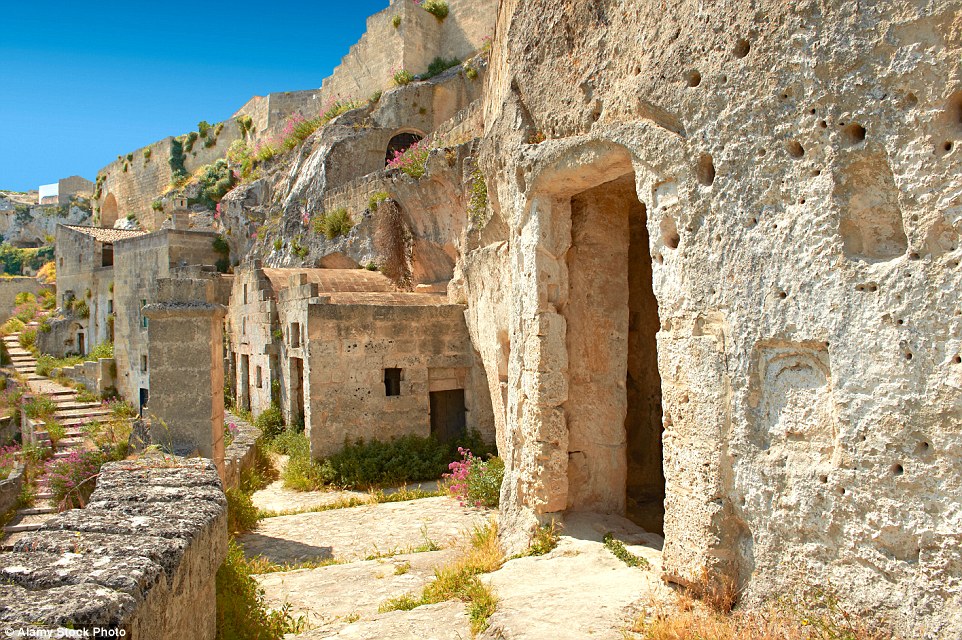
Residents made the most of every available rocky surface and space, resulting in numerous homes with intricate network of winding alleys and staircases.
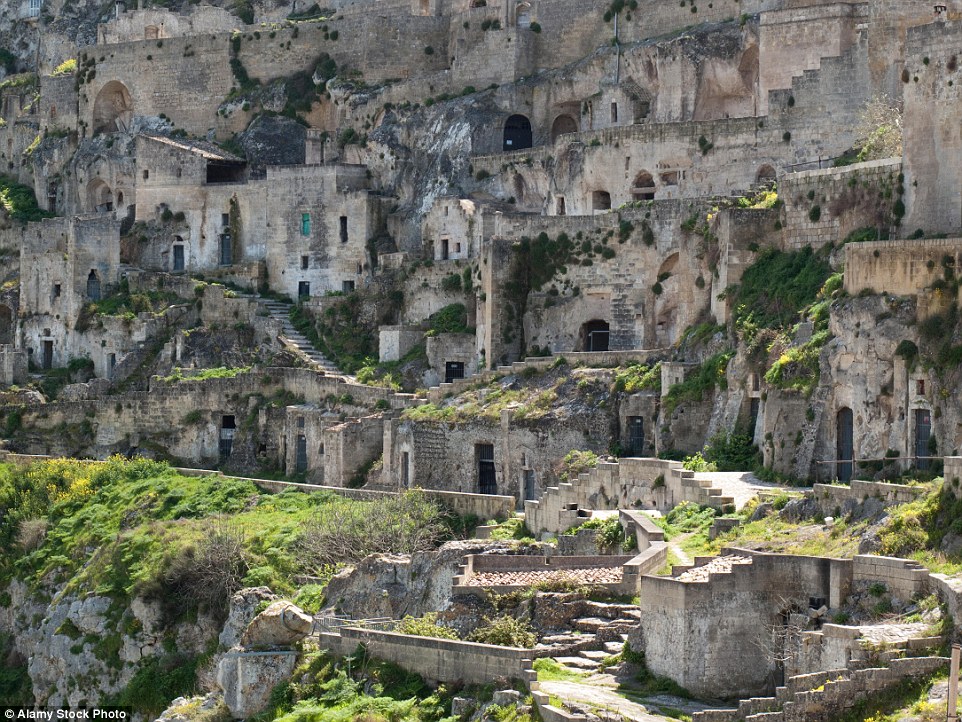
Upon initial observation, the Sassі sprawl appears as a chaotic cluster of stone huts that seamlessly blend into the breathtaking landscape. However, hidden within these picturesque dwellings are stories of hardship.
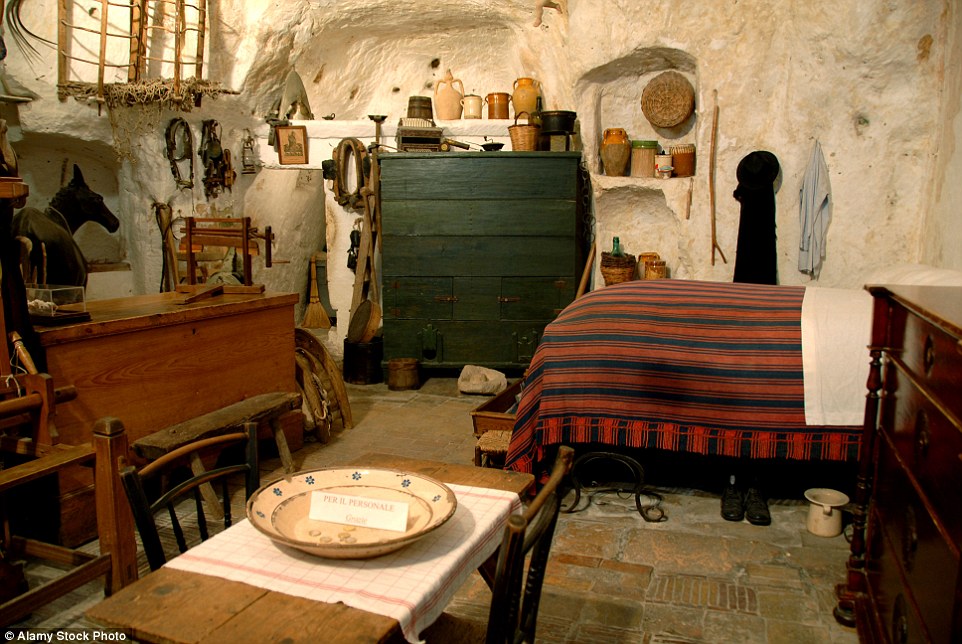
In the earlier part of the 20th century, households did not have access to running water, electricity, or proper sewage facilities.
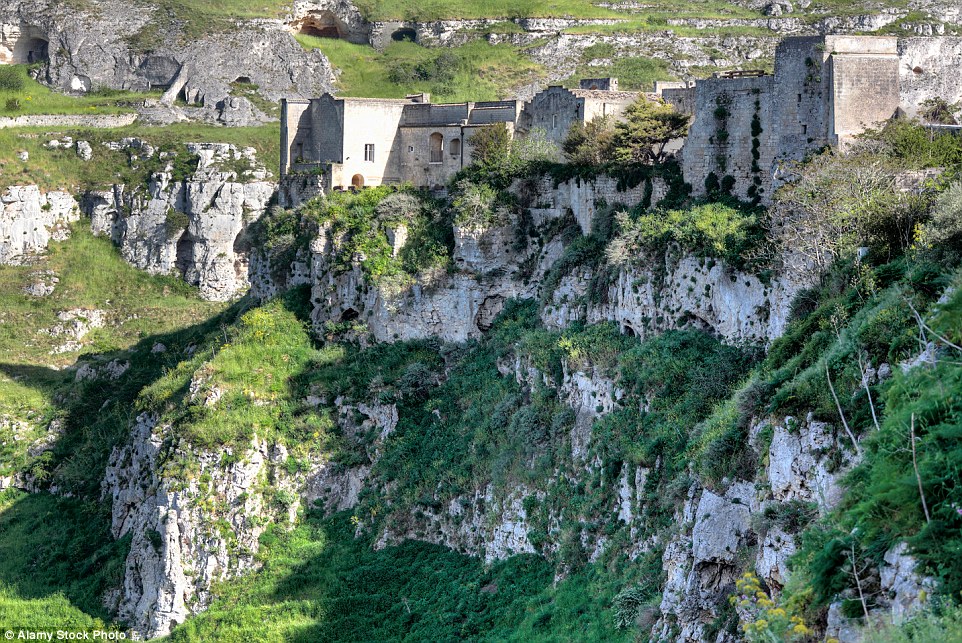
The residents of Sassi lived in close proximity to their beloved animals, sharing their living space without any barriers. Their diets consisted of basic and uncomplicated meals, and unfortunately, diseases were quite common, with malaria being a particularly prevalent threat.
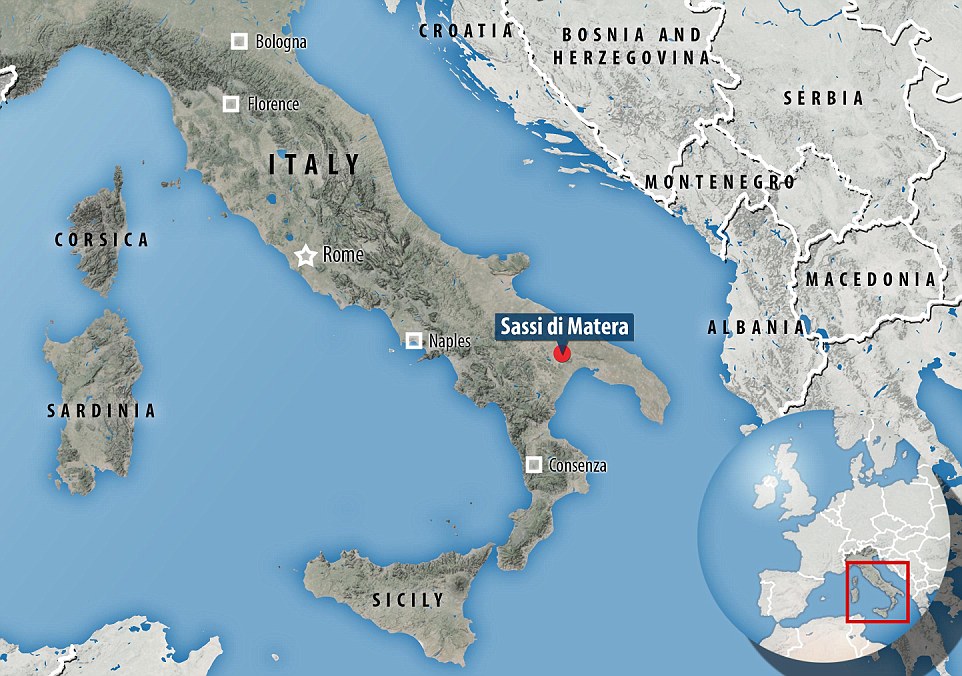
The caves can be found in the southern part of Italy, not too far from the coastline. Many tourists visit this place to witness why it gained recognition from UNESCO.
Following World War II, the inhabitants of the caves were reluctantly relocated from their crumbling homes to more modern dwellings in the town of Matera, which is situated on the cliff.
While numerous ancient chambers remain abandoned and forgotten, the prospects of the settlement were greatly enhanced when UNESCO designated it as a World Heritage site in 1993.
Several caves have been given a new lease on life, being transformed into cozy homes, hotels, and restaurants to cater to curious tourists who are eager to discover the reason behind UNESCO’s admiration.
It is not surprising that the scenic surroundings of these picturesque caves have been featured on screen quite frequently. This landscape has been utilized for various biblical film and TV scenes, including the popular 2004 film, “The Passion of the Christ”.
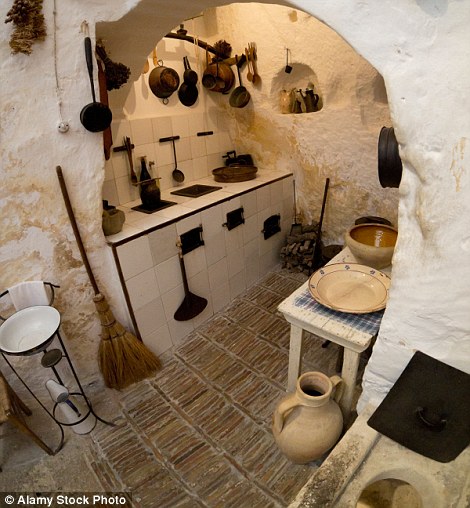
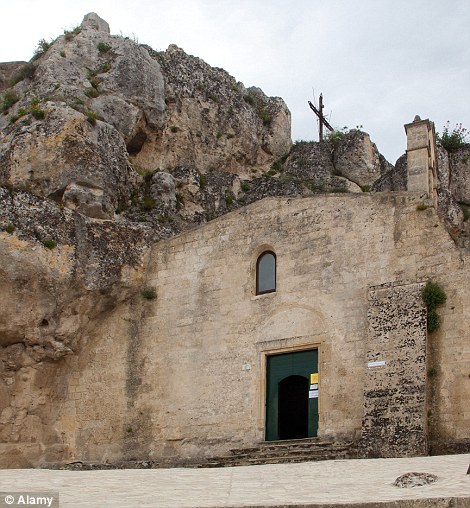
There are currently caves that remain in use today, allowing tourists to witness firsthand the modifications made for their convenience.
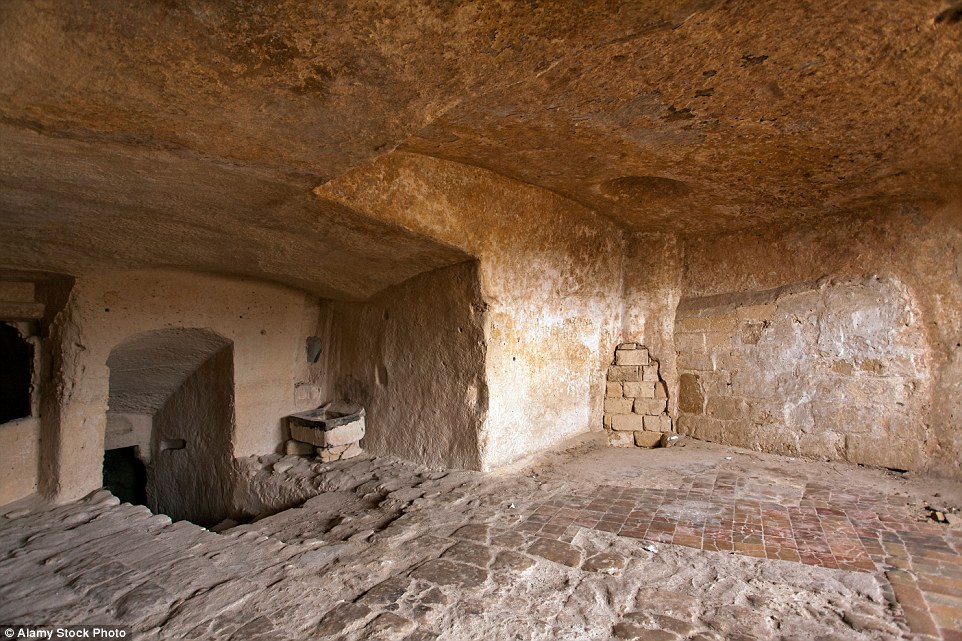
It comes as no surprise that the breathtaking caves have been featured in various films and TV shows, given their timeless beauty. Over the years, this scenic landscape has served as a backdrop for numerous biblical scenes, one notable example being the iconic 2004 film “The Passion Of The Christ.”
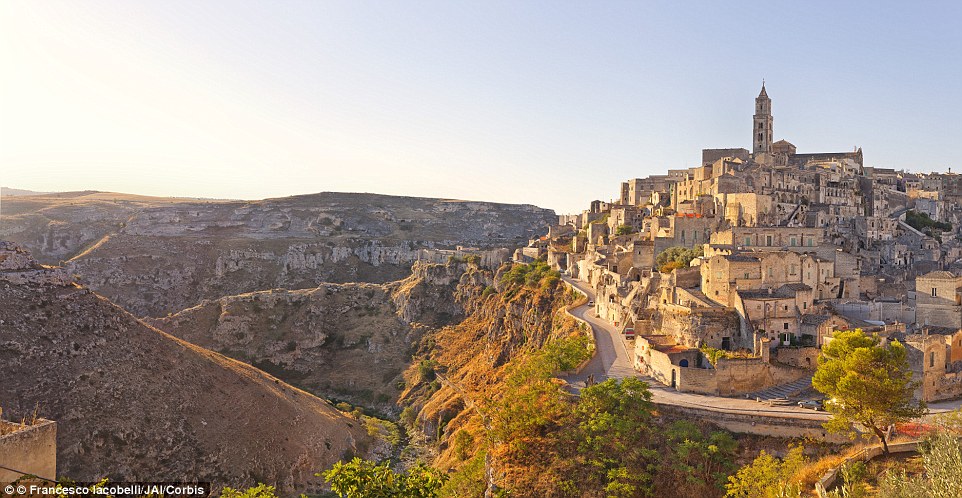
Following World War II, a number of individuals living in caves were reluctantly relocated from their deteriorating dwellings to contemporary residences situated in the elevated cliff area of the town (as depicted in the picture).
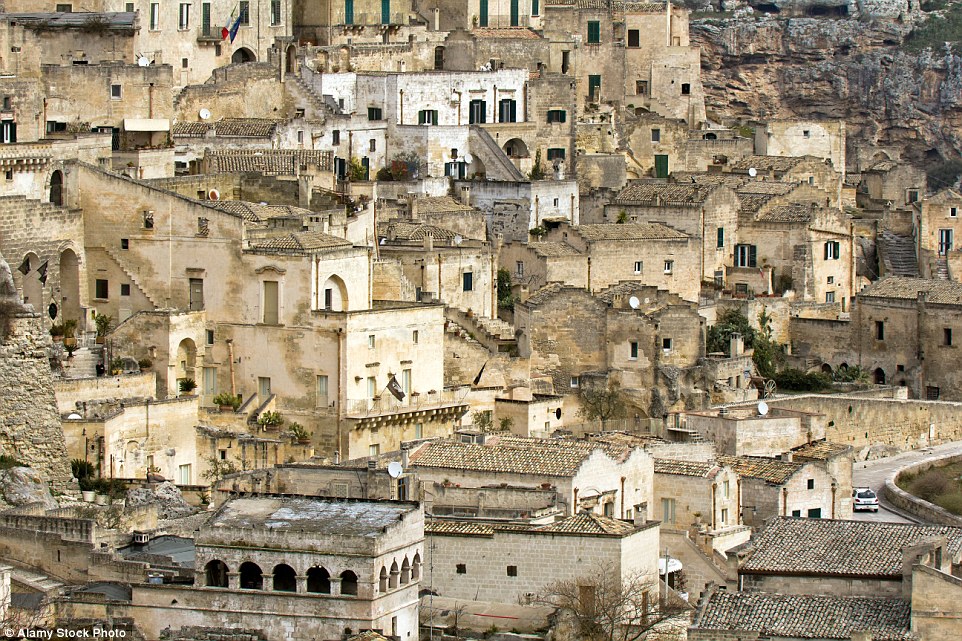
Since its designation as a World Heritage site by UNESCO in 1993, tourists have been flocking to the church caves and Sassi to discover firsthand what all the excitement is about.
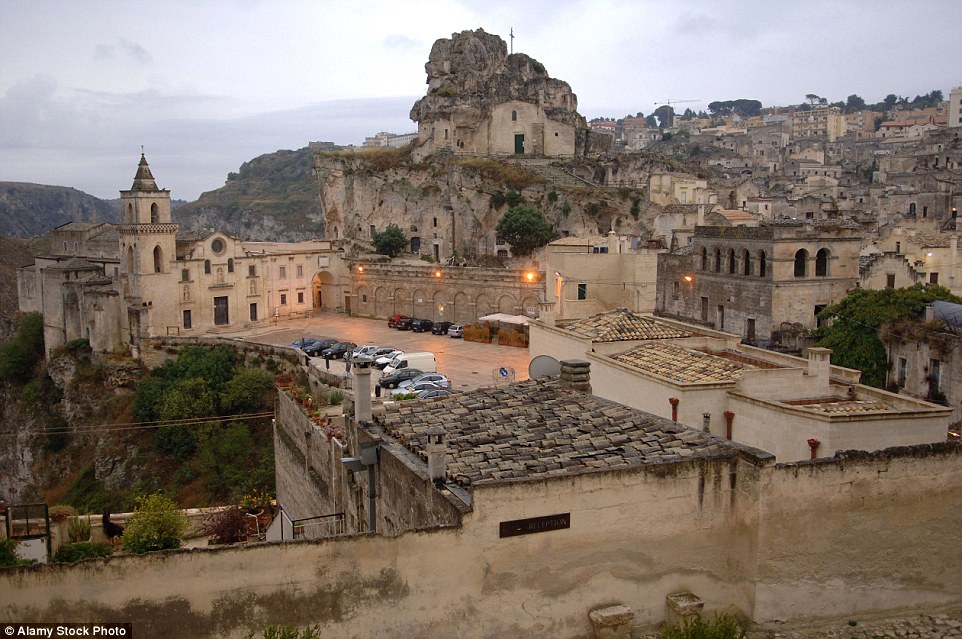
Matеro, a contemporary city, showcases a myriad of astonishing architectural marvels, among which stands the splendid Baroque church of San Pietro Caveoso.
